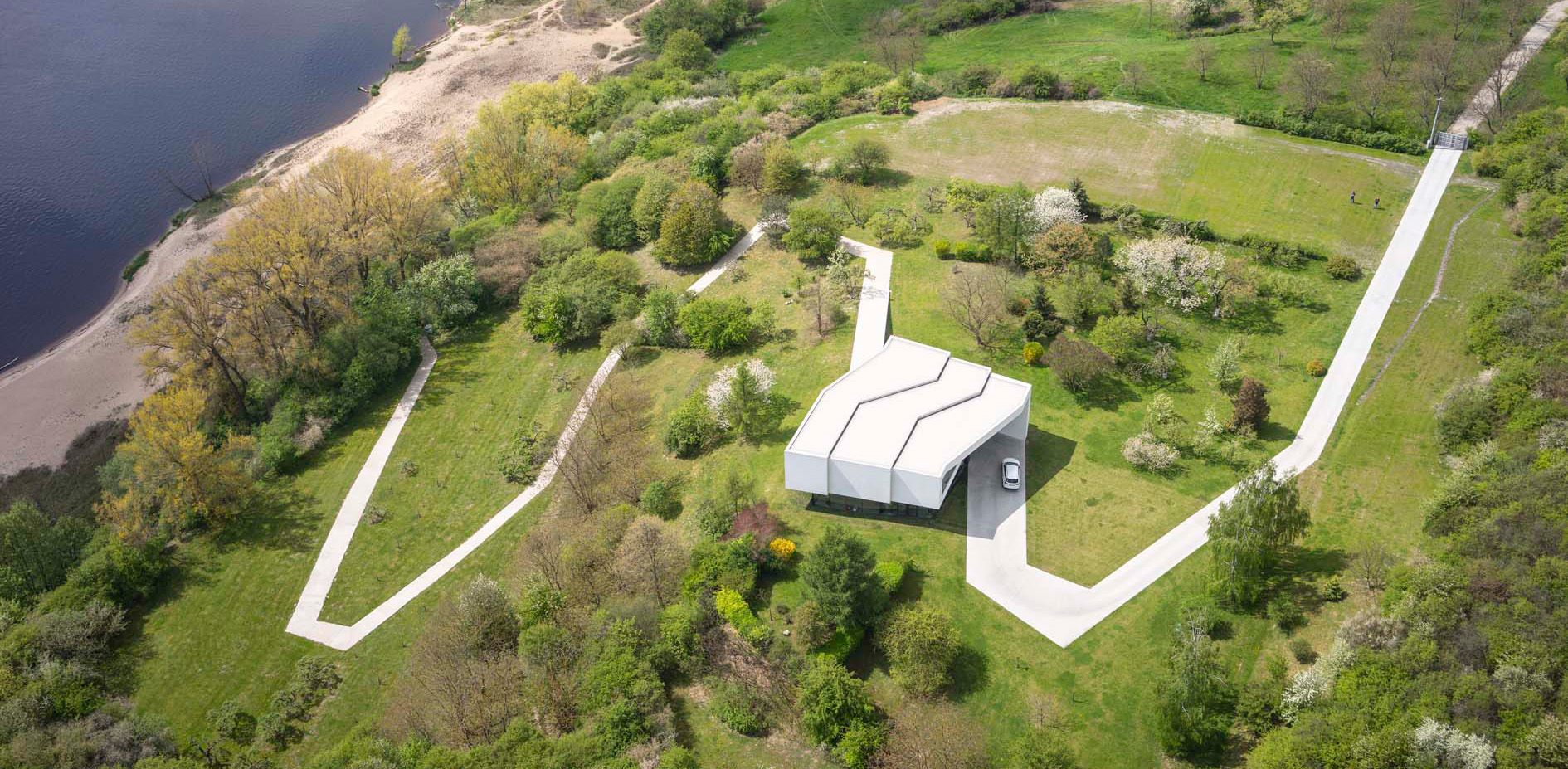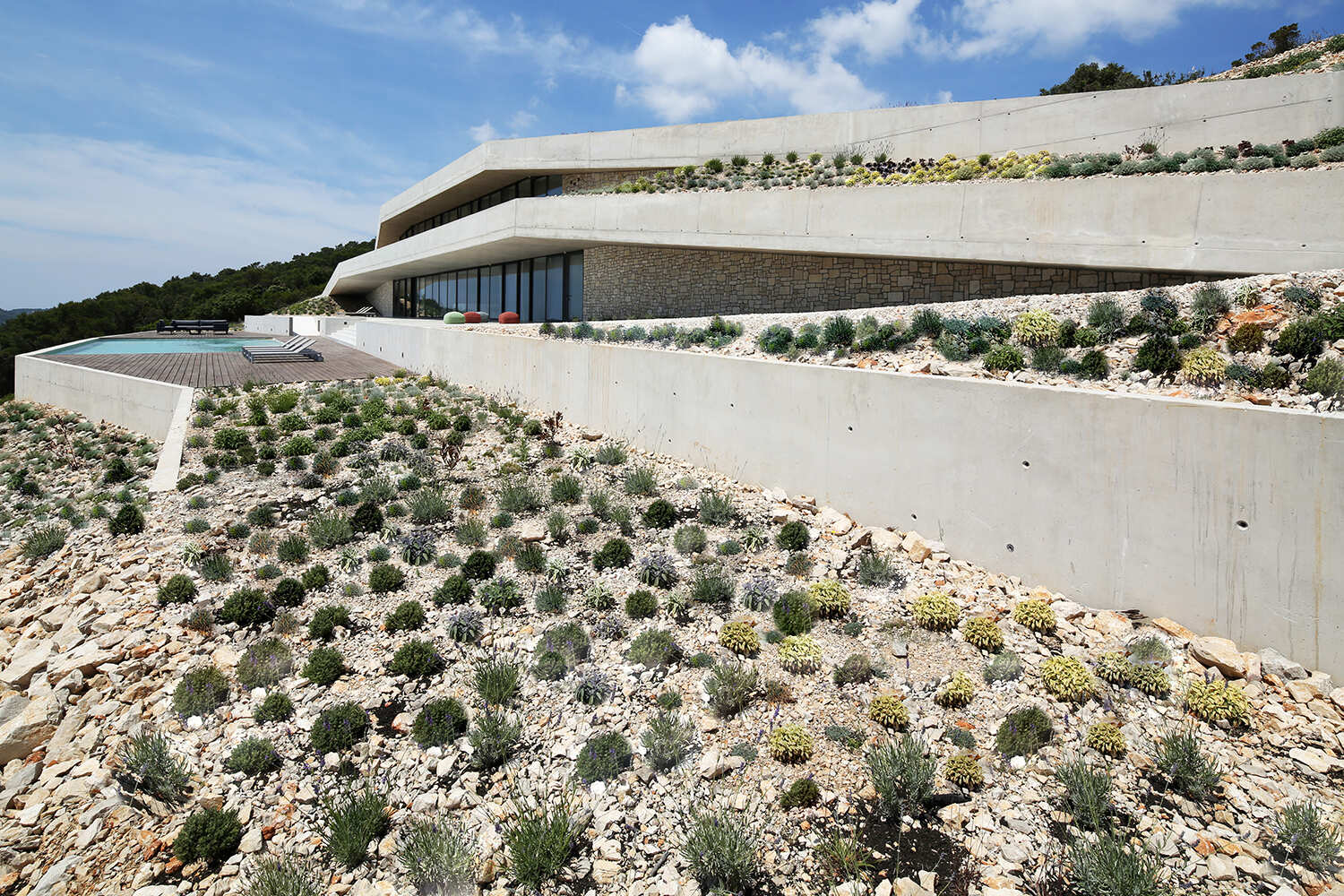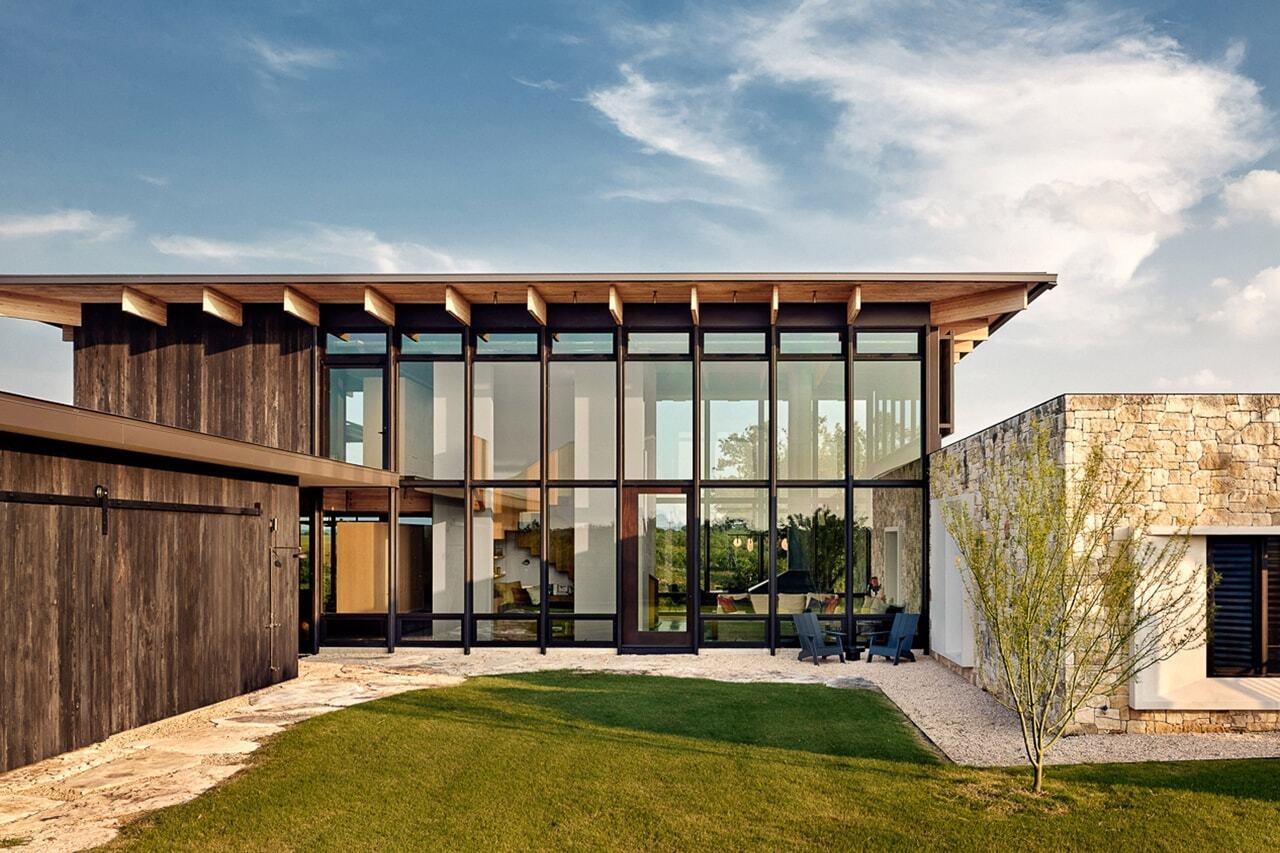Linehouse transforms historic Macau community centre into street food market


Interior studio Linehouse has turned a historic art deco building in Macau into Kam Pek Market, a food hall designed to evoke local culture.
Kam Pek Market was built within the former Kam Pek Community Center, a protected 1920s heritage art deco building on the historic street of San Ma Lo in Macau.

The revitalisation project by Linehouse retained the building's original facade, while adding references to local street culture, such as tiles similar to those of nearby shop fronts. The aim was to ensure the building's legacy as a community hub for leisure and hospitality.
"We had a responsibility to preserve the collective memories of the area whilst providing a design that had a forward and progressive outlook, creating a culinary and cultural landmark," said Linehouse.

The original facade of the building was preserved and layered with neon lights and illuminated Chinese characters, recalling a prevalent feature of the historic streetscape.
Rounded volumes clad in teal green tiles on the street-level facade invite guests into the main food hall inside, with green planting and neon signs marking the entrance.

The 1,000-square-metre Kam Pek Market comprises two floors. It provides a variety of food offerings separated into different vendors along the perimeter of the space, with a communal seating area at the centre.
The existing concrete and brick work of the building was exposed throughout the interiors, revealing the original structure of the community centre.

Limehouse added glazed openings to the facade to bring natural light into the food hall across both floors.
Galvanized steel, metal mesh, tiles and concrete bricks were used to create a utilitarian framework and an industrial palette.

Each stall is framed by galvanised steel portals and canopies, with illuminated lighting set behind polycarbonate.
The vibrant and colourful lighting from the exteriors continues into the interior, with coloured hovering light boxes on the ceiling. This was designed to create an energetic, street-style dining experience that would appeal to a younger demographic.
Tiles in different hues of green and terracotta were laid in stripes on the floors and walls, creating a sense of direction and movement, while also referencing the colourful shop fronts that are commonly seen at the surrounding laneways.
The project is part of a broader development that aims to preserve and revitalise the historic neighbourhood within Macau as a cultural destination.

"The Kam Pek Market is a modern heirloom, a place that references the unique history of the street it sits on, while looking ambitiously forward to the future," said Linehouse.
"A dynamic culinary and social destination, revitalising the avenue with an exciting, fresh and charming food hall destination for tourists and locals alike."

Linehouse is a Hong Kong and Shanghai-based architecture and interior design studio established in 2013 by Alex Mok and Briar Hickling.
The studio has also recently designed a food market in Shanghai informed by Victorian greenhouses and the facade of a shopping centre in Bangkok.
The photography is by Jonathan Leijonhufvud.
Project credits:
Design principal: Briar Hickling
Associate in charge: Ricki Van Het Wout
Design team: Hazel Francisco
The post Linehouse transforms historic Macau community centre into street food market appeared first on Dezeen.



















































